

Hao Ming Chen group
Department of Chemistry@National Taiwan University
 |  |  |
|---|---|---|
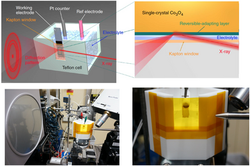 | 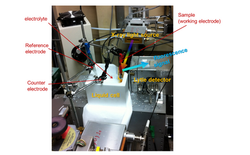 |  |
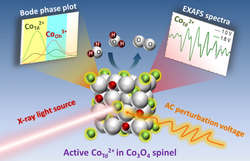 | 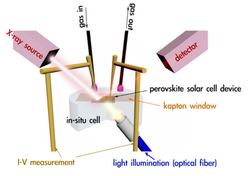 |  |
 | 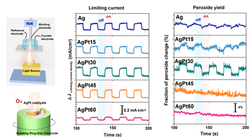 | 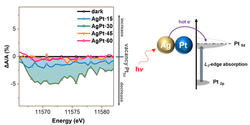 |
 | 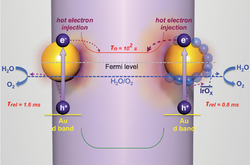 |
Nano-materials synthesis and applications
To design ideal photoactive materials for the efficient conversion of solar energy, nanomaterials and their designs are particularly promising in achieving these goals. It must be noted that nanomaterials have been the subject of extensive interest because of their extremely small feature size, and their potential usefulness in a wide range of industrial, catalysis, information storage, biomedical, and electronic applications over the past decade. Nanoscale particles of any material with a wide range of properties can be prepared, including metals, ceramics, polymeric materials, or composite materials in the form of particles on the nanoscale. The nanotechnology has been demonstrated a great efforts on improving the performance of photoelectrodes, while the nanostructural approaches may lead to various effects such as band structural modification, quantum dot sensitization, plasmonic association, and crystal facets domination.
In-situ methodologies toward chemical reactions
In order to realize the mechanism and actual active phase responsible for the reaction, in-situ experiments were commonly carried out to provide valuable and vital information to serve this purpose since it probed reaction nearly in practical conditions. These researches involved designing special devices or apparatus to fulfill this goal, which further increased the challenges of in-situ experiments. There are several techniques providing such information on the surface of the electrocatalysts (structural and electronic states). For example, Raman spectroscopies have been demonstrated to achieve this goal. In addition, by utilizing higher energy irradiations such as hard X-ray and soft X-ray (X-ray absorption/diffraction), in-situ monitor of electrocatalysts can be realized to probe deeper level of materials for obtaining some vital information (i.e., chemical state, coordination environment and crystal nature).
Solar energy conversion and artificial photosynthesis
Natural photosynthesis is a process that converts sunlight to chemical fuel and stores it in the bonds of sugar, this process occurs in plants and some algae. Plants require only solar energy, carbon dioxide, and water to generate sugar and oxygen. It can be easily expected that the combination of water splitting reaction and carbon dioxide reduction can be regarded as an artificial photosynthesis, in which a material can capture solar energy to split water and reduce carbon dioxide and then produce hydrogen/oxygen and/or chemical fuels. Because of the rapid increase in amount of carbon dioxide in the atmosphere and global warming effect, the research of carbon dioxide conversion into liquid fuels is a critical goal that would possibly affect the global carbon balance by converting carbon dioxide into usable fuels since carbon dioxide has been considered as a major impact on the global air pollutions. As a result, the reduction of carbon dioxide via solar energy utilization that allows generating chemical fuels is a promising way to simultaneously meet the requirements of both clean energy demands and global warming reduction. Since carbon dioxide is an extremely stable molecule generally produced by fossil fuel combustion and respiration, the converting of carbon dioxide into a useful state is scientifically challenging problem which usually requires energy input and appropriate fundamental demands such as photoelectrochemical nature, chemical catalysis, and semiconductor physics and engineering. Although we are facing big challenges in development of carbon dioxide reduction, the potential rewards are enormous.